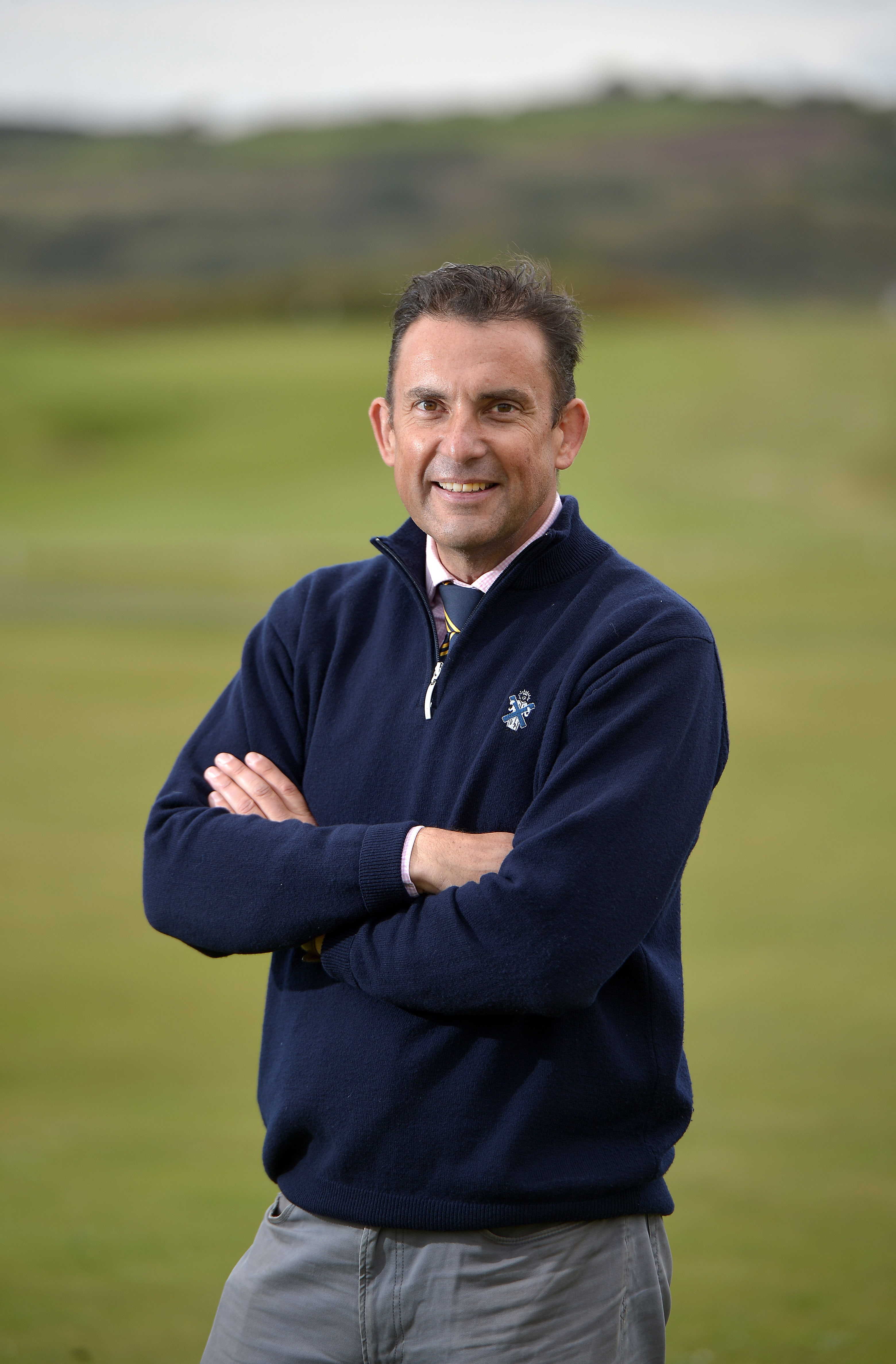Martin Ebert

A career in golf became my goal following a year long organisation of the Cambridge University Golf Club’s tour to the United States in 1989, the year of the 100th Varsity Match between Oxford and Cambridge. It was a privileged experience to have visited such a great array of the traditional, old courses and clubs of the North Eastern US and it reinforced my views of how golf courses should be eased into the landscape. This appreciation had been forged from playing many of the great seaside links and inland courses of the UK with the Cambridge team.
Golf at university was mixed with studying Engineering, firstly to gain a degree but this was followed by a postgraduate year with the main advantage being another year of golf. However, the engineering discipline proved to be extremely useful in supporting the drawing skills and technical abilities required of a golf course architect. Even with the most accurate plans though, the communication of ideas between the architect and shaper is the key to obtaining the best results.
Donald Steel offered me a welcome opportunity to assist him with the design of courses around the world in 1990. That has led to fascinating working experiences in 18 countries.
Membership of Woking Golf Club provided an education in the field of golf course architecture. In the early 1900s, Stuart Paton and John Low had turned the course from an ordinary heathland layout into a strategic classic with some wonderful greens inspired by the Old Course at St. Andrews. I am also a member of the Royal & Ancient Golf Cub allowing me to make regular visits to the Home of Golf, Royal Worlington & Newmarket Golf Club, with its timeless nine hole course, Askernish Golf Club, Royal Cinque Ports Golf Club, the Hawks’ Club, the Oxford & Cambridge Golfing Society, the Cambridge University Stymies and The Dinner Match Society in the United States.